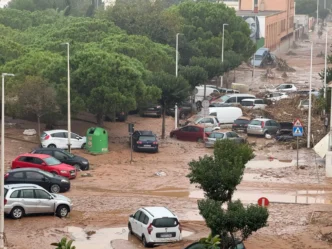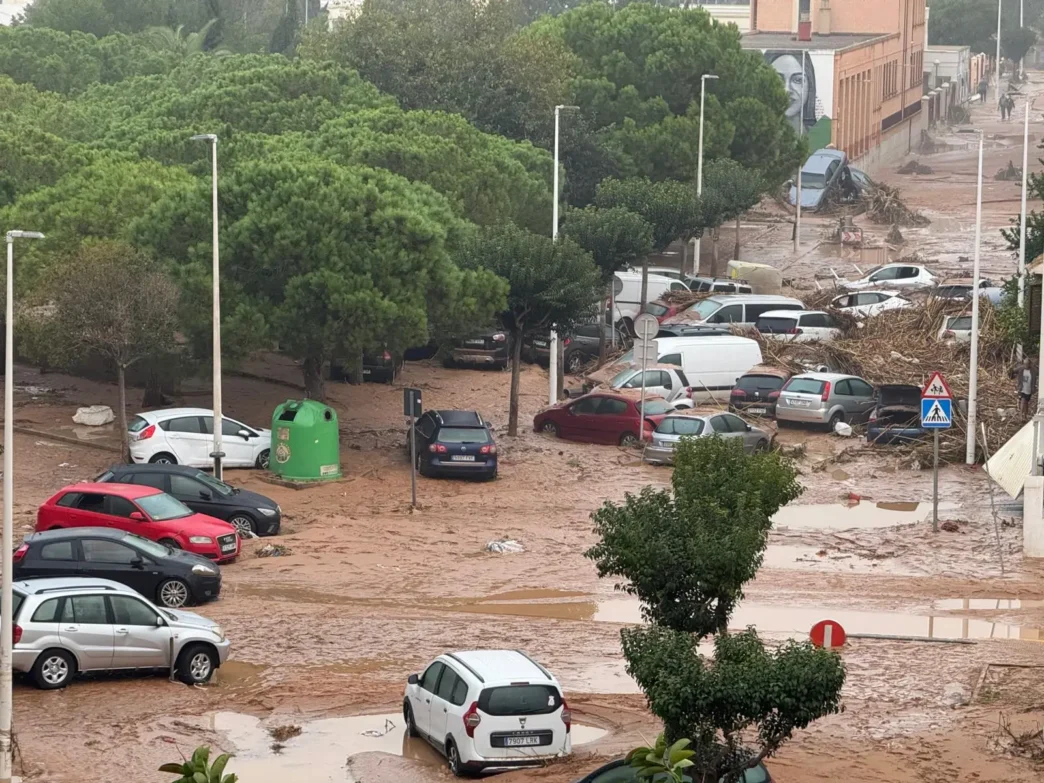Valencia, Spain — One year ago, on October 29, 2024, a powerful DANA (Depresión Aislada en Niveles Altos) unleashed catastrophic flooding across eastern Spain. Within hours, torrential rains devastated neighborhoods in Valencia, Castellón, Alicante, Murcia, and parts of Andalucía and Castilla-La Mancha.
More than 220 people lost their lives, making it Spain’s deadliest climate-related disaster in over 50 years (Cadena SER).
Voices from Benetússer: “They Didn’t Die from Rain”
In Benetússer, a small town south of Valencia, the tragedy remains deeply personal.
Toñi García, a 57-year-old civil servant, lost her husband and her only daughter that night.
“We haven’t been able to grieve. There’s been no truth, no apology. Only when justice arrives will we find peace,” she told Euronews, her voice trembling.
That evening, skies were grey but dry. Her daughter, Sara, 24, looked out the window and asked, “Mamá, can Benetússer flood?”
“I told her no, that if something happened, we’d be warned,” Toñi remembers. But no alert ever came.
At 7:15 p.m., a torrent of muddy water tore through the streets, submerging cars and collapsing walls. Her husband went to move their car from the garage; Sara followed. Neither returned.
“It wasn’t raining here. They died because of negligent management,” Toñi says quietly.
Three days later, divers from the Unidad Militar de Emergencias (UME) recovered their bodies — “still locked in an embrace.”
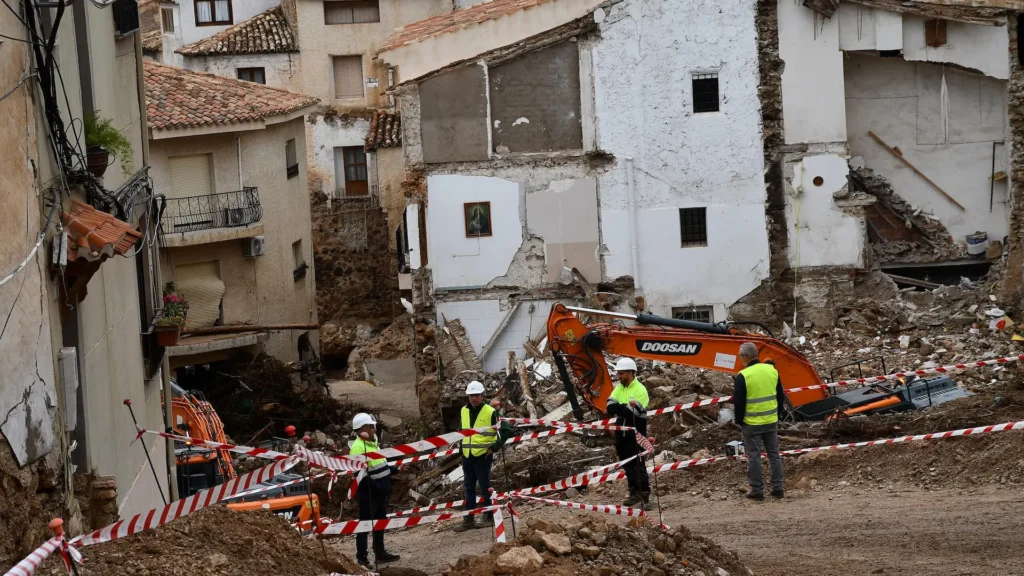
A Disaster Exacerbated by Delays and Mismanagement
The DANA storm overwhelmed vast parts of eastern Spain, dumping up to 700 litres of rain per square meter in some areas in just eight hours. The town of Turís recorded the heaviest rainfall in its history (Wikipedia).
Meteorologists and emergency management experts later admitted that delayed alerts and poor coordination worsened the crisis.
“When managing risk, no one can predict every detail — but we should have acted sooner,” said José Ángel Núñez, regional director at AEMET. “There was a weather warning, but the population alert came too late.” (El País)
Victims’ associations accuse the Generalitat Valenciana, led by President Carlos Mazón, of negligence and a lack of accountability.
“We don’t want money. We want dignity. We demand truth, an apology, and justice,” says Toñi, echoing hundreds of others.
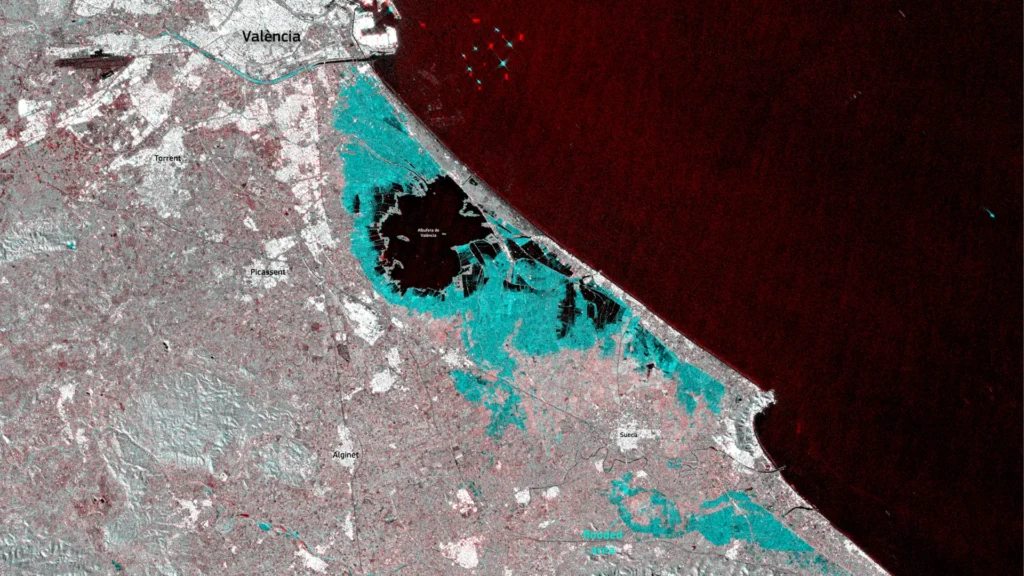
Seeking Justice in Spain and Brussels
In May 2025, three victims’ associations traveled to Brussels to present their case to Ursula von der Leyen and Roberta Metsola. They say EU institutions listened where regional authorities stayed silent (Euronews).
Meanwhile, in Spain, a judicial investigation into possible negligence remains open. The presiding judge has requested a full timeline of events from the Guardia Civil, focusing on whether emergency alerts were delayed (El HuffPost).
A Community Still Haunted by the Storm
For survivors, normal life has yet to return. Toñi still lives in the same apartment where she lost her family.
“It was our home. Here I feel close to them. But when I hear rain on the roof, I tremble.”
A study found that 30% of children affected by the floods still fear storms a year later.
Psychological support was almost nonexistent in the aftermath.
“I only had ten minutes with a psychologist when they found my husband’s body,” Toñi recalls.
Dedicated mental health units for victims were only established months later, after intervention from the national government and the Official College of Psychologists.
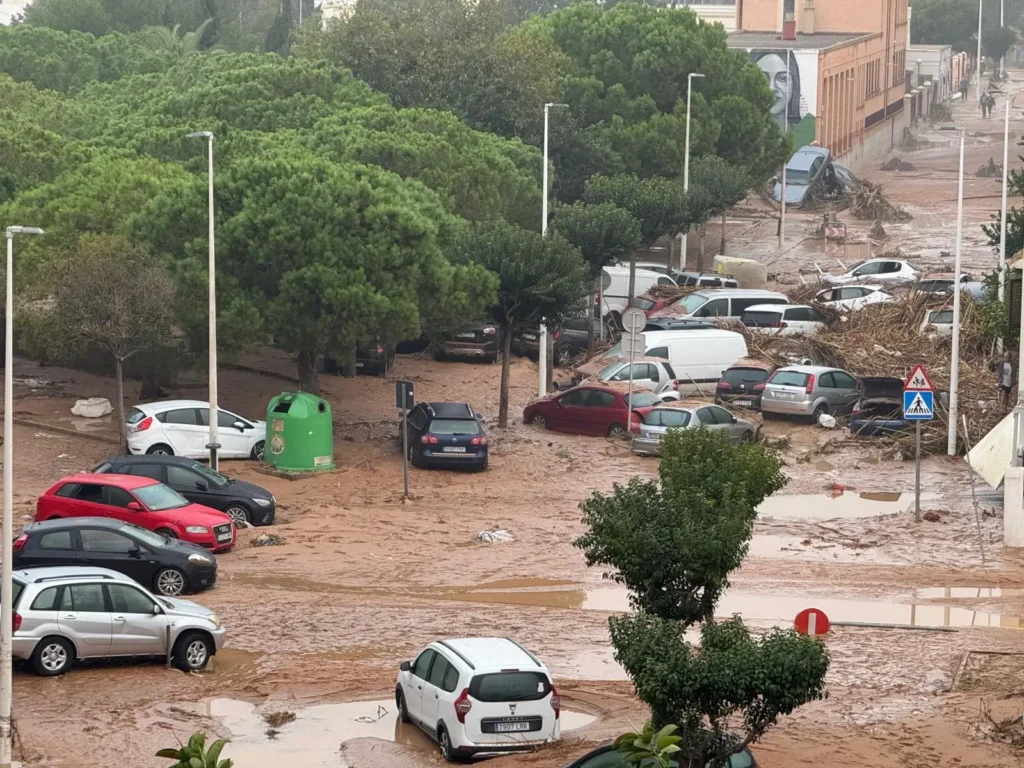
How Climate Change Fueled the Valencia Floods
Scientists agree that the Valencia DANA was amplified by climate change.
According to the European Meteorological Agency, the storm formed when an isolated cold air mass met unusually warm sea temperatures, creating explosive rainfall conditions.
Dr. Friederike Otto of Imperial College London explains:
“Every fraction of a degree of global warming allows the atmosphere to hold more moisture, producing heavier downpours.”
Similarly, Dr. Linda Speight of the University of Oxford warns:
“These aren’t rare anymore. Climate change is altering weather patterns, creating storms that stall over one region and dump record rainfall.”
The European Commission called the 29-O floods “a tragic example of the new normal” in a warming Europe, urging nations to invest in resilient infrastructure and early-warning systems.
Lessons from the September 2025 DANA
A similar storm hit Valencia in September 2025, but this time authorities issued early alerts, closed schools, and restricted travel.
No lives were lost.
“That shows when you act responsibly, you save lives,” Toñi says.
Her fight continues — not for revenge, but for reform.
“We want truth and justice. Only then can we say goodbye as they deserve.”
A Nation Remembers
Today, October 29, 2025, families of the victims gather in Valencia for the first State funeral ever held in Spain for victims of a natural disaster.
For many, it marks long-awaited recognition. But survivors like Toñi believe the true reconciliation will come only when institutions accept responsibility and prevent future tragedies.
“They didn’t die from rain,” Toñi repeats. “They died from negligent management.”
Information Source:
Photo Attribution:
Image credit: © European Union / Copernicus Sentinel-1 imagery (2024). “Disastrous floods south of Valencia, Spain (Copernicus 2024-11-01)”. Image resized for web use. Used under licence from the Copernicus Programme — attribution required.
Image credit: © Manuel Pérez García & Estefania Monerri Mínguez / Wikimedia Commons (CC BY-SA 4.0). “Cotxes arrossegats per la DANA 2024 en Catarroja” (30 Oct 2024). Used under licence: Creative Commons Attribution-ShareAlike 4.0 International.
Image credit: © Gobierno de Castilla-La Mancha / Flickr (JCCM) (4 Nov 2024). “2024-11-04 – Reunión del ‘Plan Letur 2025-2028’ para la recuperación del municipio – 54115346207.jpg”. Licensed under Creative Commons Attribution-ShareAlike 2.0 Generic (CC BY-SA 2.0).
 English
English Español
Español